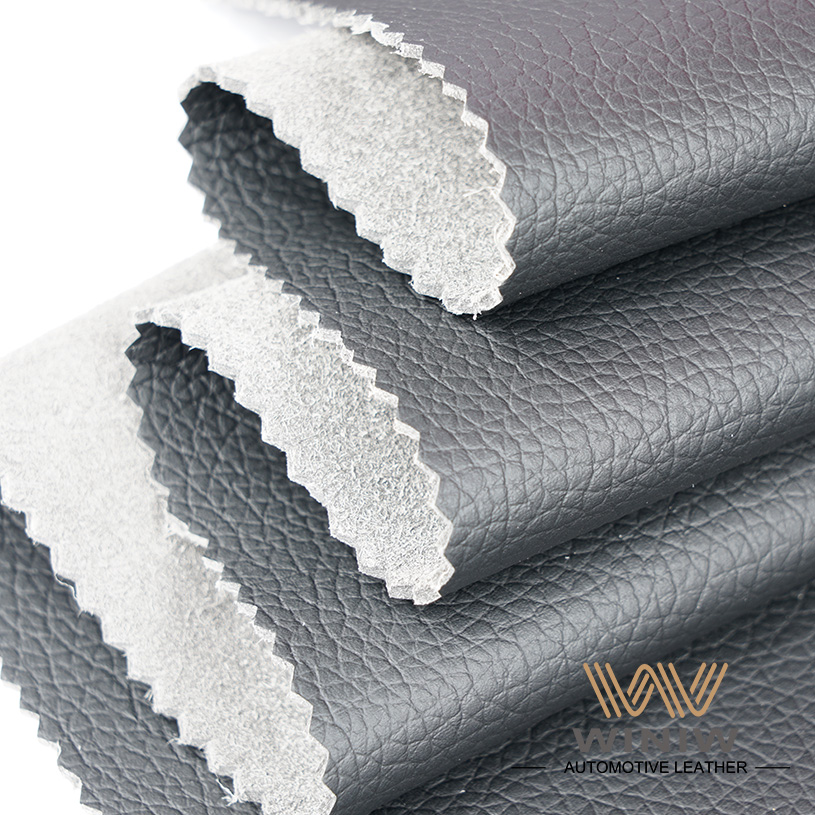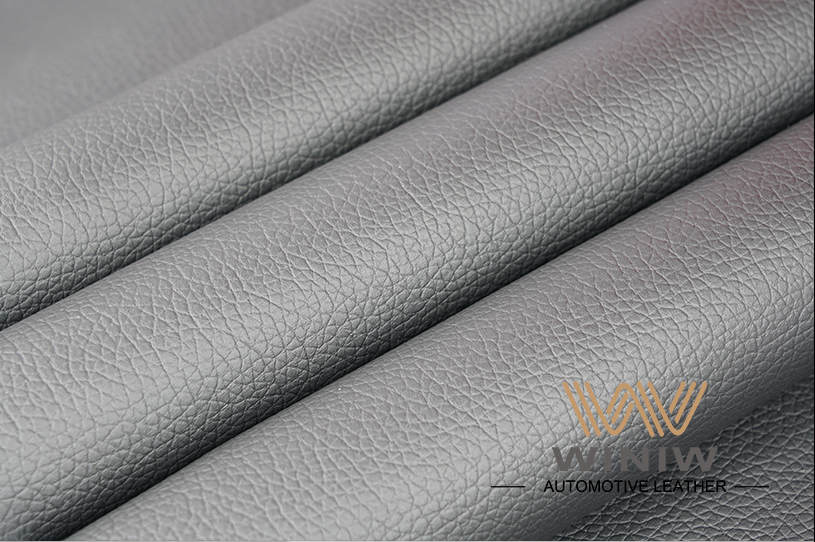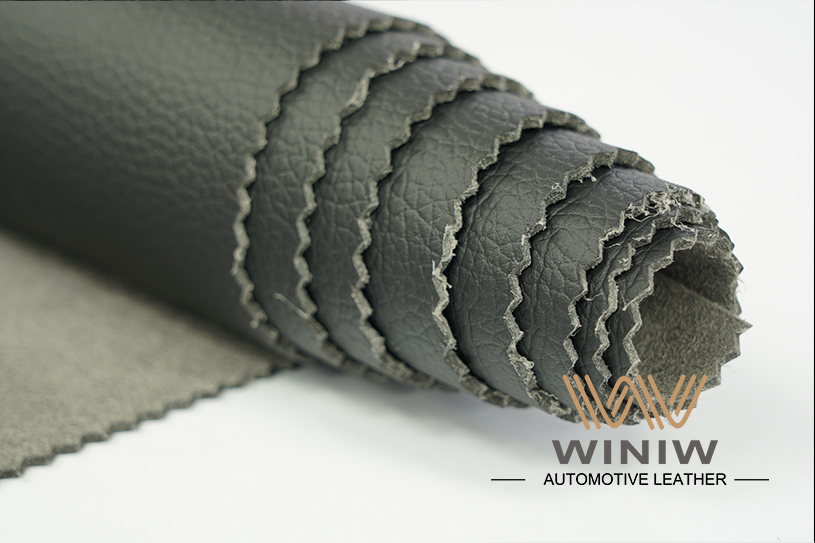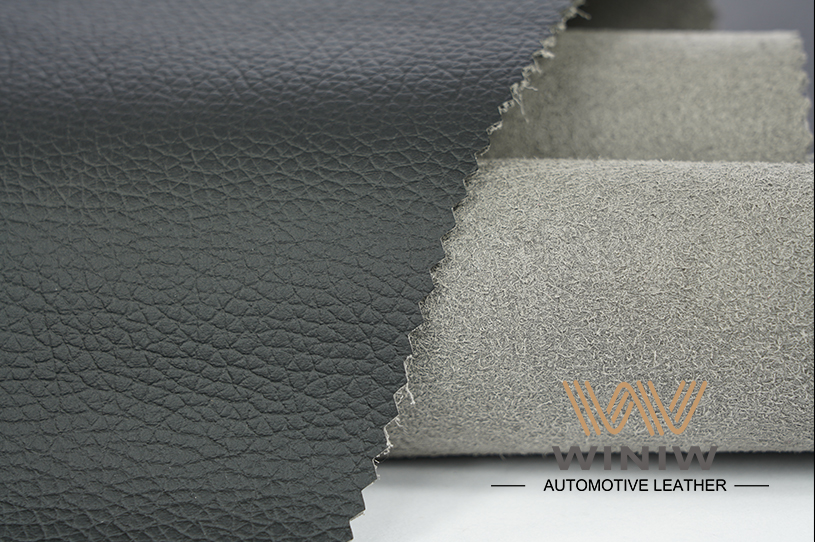しかしながら, 革がさらに適用され、より大きな価値を生み出すとき, また、多くの課題に直面しています: インテリア機能の向上と顧客ニーズの多様化による生産プロセスの複雑さに加えて, the quality is also required to be more reliable and cost-effective. Development and delivery time is further reduced. This means that in the value chain triggered by leather, benefits and challenges coexist.
It is understood that the tools and solutions used in the development, design and processing of leather are relatively traditional. 例えば, in cutting, the current car leather cutting is not the responsibility of the interior supplier, but mainly by the tannery. しかしながら, many tanneries currently use the stamping process. In simple terms, a mold is made according to the requirements. After the mold is qualified, the leather is punched and cut. This means that each new production requirement requires a new set of molds, which greatly reduces the flexibility, resulting in an increase in production costs and a waste of leather material. 加えて, in the cutting process, there are still many manufacturers or tanneries still adopting the manual cutting mode, on the one hand, the efficiency is relatively low, on the other hand, the skilled mechanic error rate will still exist. したがって, this “slow work and fine work” operation method has obviously not kept up with the rapid development of the market.





